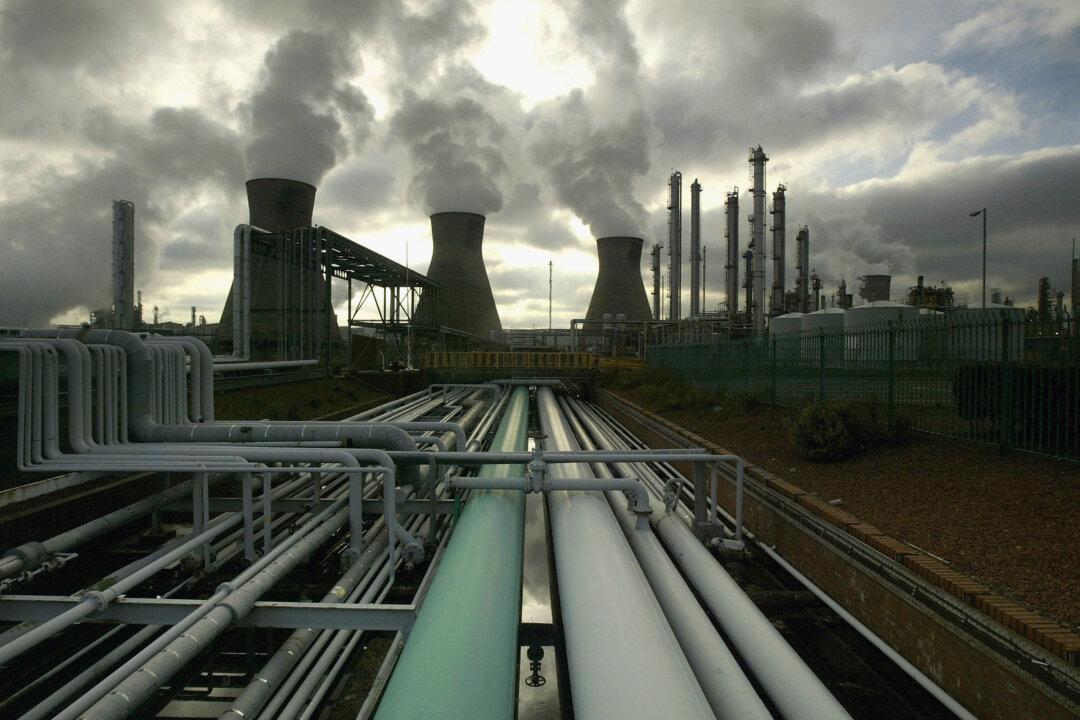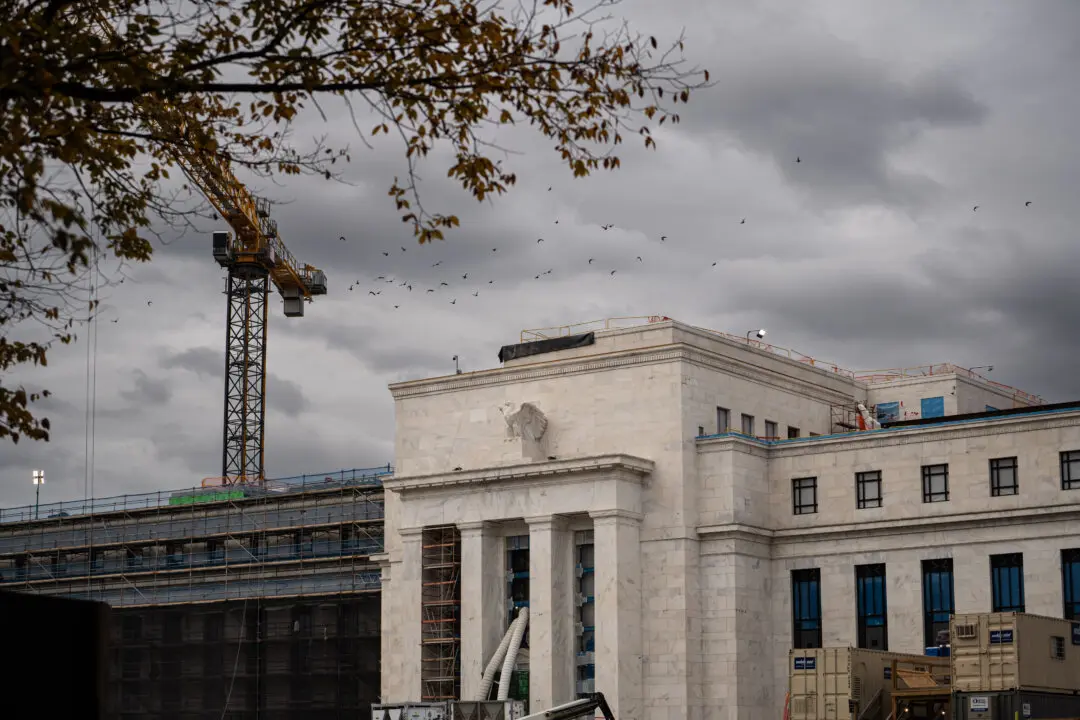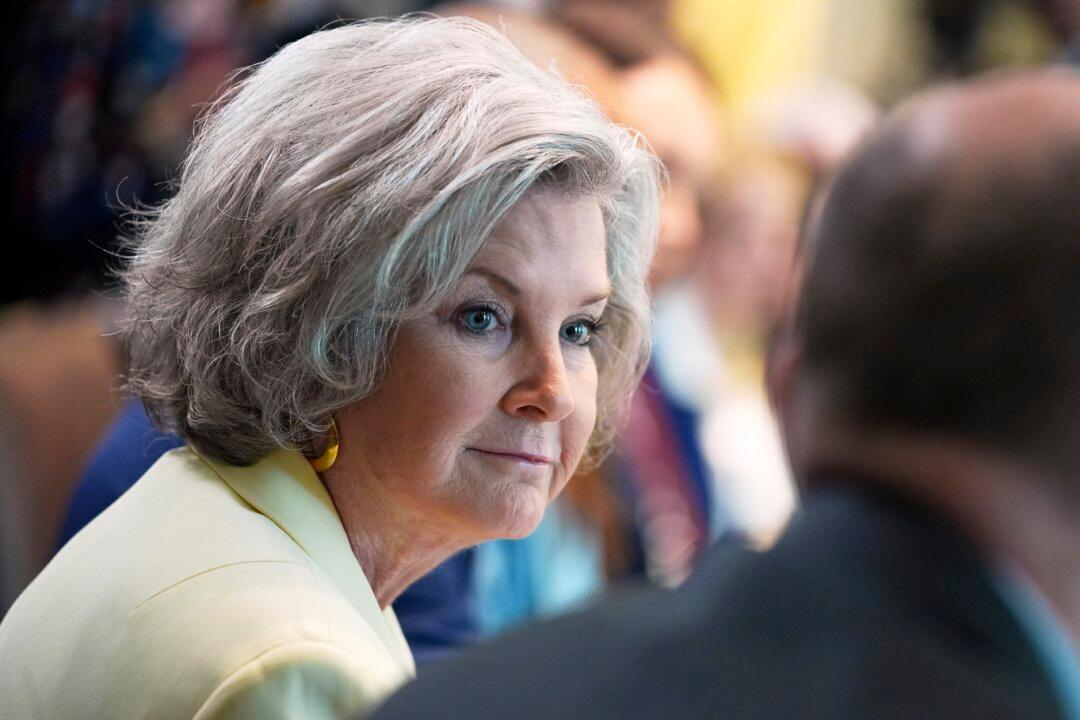Confidence is returning to the oil industry, and the two-year downturn in oil prices may be coming to an end. But there are still some factors that create uncertainty in the near term, according to experts.
“We are still not quite there. We will probably get close to an oil supply and demand equilibrium by the end of this year or early 2017,” said John England, vice chairman and U.S. oil & gas leader at Deloitte LLP.
The fall in U.S. crude inventories, the decision by OPEC to cut production in November, and the global economic outlook are all key factors in determining oil prices, according to England.
The low oil prices took a toll on OPEC members. ... I think they have reached a point where they really need to get something done.
, vice chairman, Deloitte





